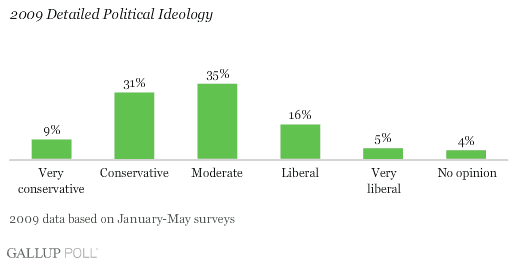 This blog post was to be about converting to Mint.com. I’m instead sticking with Microsoft Money.
This blog post was to be about converting to Mint.com. I’m instead sticking with Microsoft Money.
Mint.com’s philosophy, and biggest failure, is low effort. They want a low effort user experience, but they have a low effort technical staff: instead of finding simplified ways of doing complex tasks, they just leave them out!
For example, recurring transactions. Microsoft Money has a “bills” feature that tracks and auto-enters my recurring transactions–paychecks, investments, mortgage payment, church donation, utility bills, etc.
Sure, this is “complicated” because I must manually schedule these transactions. But it removes complexity because they are pre-entered before my monthly bill-paying session.
Mint.com doesn’t have a hint of this. It even lacks logic to suggest recurring transactions–that could have allowed them to simplify an otherwise complex feature.
Another is manual transactions. Mint.com is reactive: it only has what it downloads from financial service providers. You can’t enter transactions.
That’s a disaster for my checking account. I have no record of a check until it’s deposited!
How do you track outstanding checks, including ones that have sat undeposited for months or weeks? How do you know your true available balance? Currently, it must be some other log that you must constantly monitor and update. No way, that’s terribly error-prone!
Thanks to Microsoft Money, I don’t bounce checks!
Mint.com, on the other hand, requires a gigantic cash pad, loins girded for overdraft fees, or tricky accounting using other programs.
Mint.com is a fail. Its slick user interface redeems it from epic fail. But behind the user interface is a painfully simplistic system. I can appreciate the complexity of the infrastructure needed to support this system, but I cringe at how little it really does for its users.
Above, I wrote I am using Microsoft Money “for now.” I don’t know where I’m going. Quicken suffers from a kludgy user interface and Intuit’s anti-consumer business practices. Plus it can’t convert my Money data yet.
Rumor has it that Quicken 2010 will have better Microsoft Money import capabilities. I’m still with Microsoft Money for a few more months.
